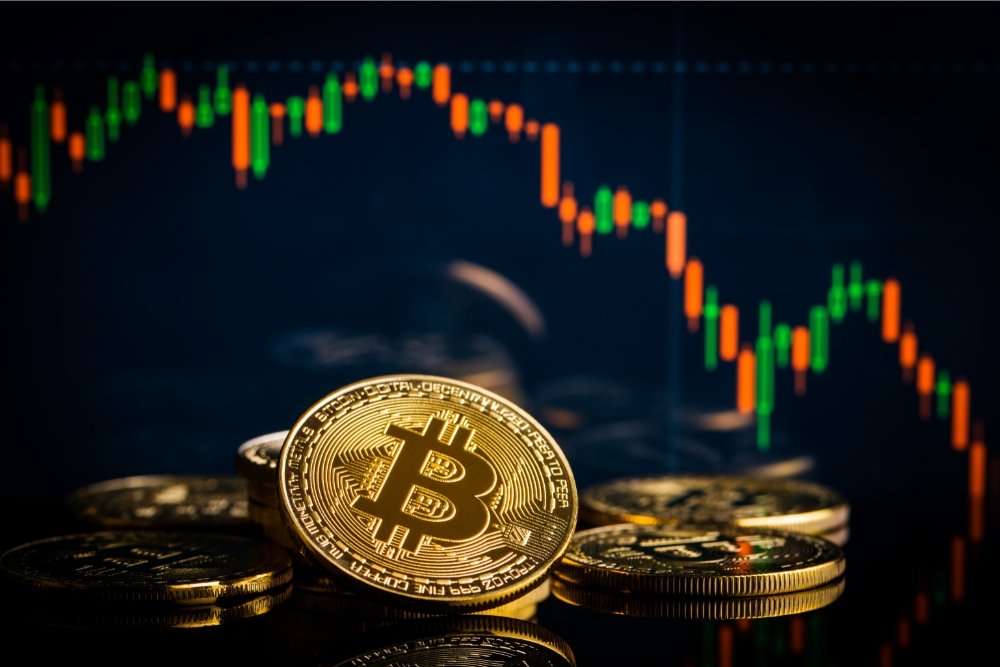Non-fungible tokens (NFTs) are digital assets recently gaining popularity in blockchain. They are unique, non-interchangeable items representing anything from artwork to real estate. This article will find out how the supply chain for these types of tokens works and what benefits it brings.
What is NFT in Supply Chain Management?
NFT, or Non-Fungible Token, is a concept that is increasingly being explored and utilized in supply chain management. In traditional supply chain management, fungible tokens, such as currency or commodities, represent value and are easily interchangeable. However, NFTs are unique and cannot be exchanged one-to-one.
In supply chain management, NFTs can track and authenticate the origin and ownership of physical goods or digital assets. Each NFT contains specific information about the product it represents, such as its origin, manufacturing process, quality control, and transportation history. This information is stored on a blockchain, ensuring transparency and immutability.
By implementing NFTs in supply chain management, companies can enhance traceability and reduce the risk of counterfeit products entering the market. Consumers can also prove the authenticity of a product by scanning the NFT code and accessing its entire supply chain history. It creates trust and confidence in the product’s quality and ethical sourcing.
Furthermore, NFTs can also be used to facilitate smart contracts and automate certain aspects of the supply chain. For example, when a product reaches a particular milestone or location, the corresponding NFT can trigger a payment or initiate the next step in the manufacturing process. This streamlines operations, reduces administrative tasks, and improves efficiency.
What is an example of an NFT Supply Chain?
One example of an NFT (Non-Fungible Token) supply chain is the process of creating, minting, and selling digital artwork. The supply chain begins with an artist creating a digital painting using various tools and software. Once the artwork is complete, the artist can mint it as an NFT on a blockchain platform like Ethereum. Minting involves creating a unique token that represents ownership of the artwork.
After minting, the NFT is listed for sale on a marketplace or auction platform specializing in NFTs. Potential buyers can browse the available artworks and place bids or purchase them directly. When a buyer buys an NFT, ownership is transferred to their digital wallet, and the history is saved on the blockchain.
The ownership of the NFT can be transferred between buyers and sellers, creating a secondary market for digital artwork. Each transfer is saved on the blockchain, ensuring the authenticity and provenance of the painting. As the artwork changes hands, the artists may receive royalties or secondary sales fees, which are automatically coded into the smart contract of the NFT.
Blockchain technology ensures transparency, security, and immutability throughout the supply chain. Buyers can trust that they are purchasing authentic and original artworks, while artists can have more control over their creations and receive ongoing compensation for their work. This example demonstrates how NFTs transform the traditional art industry by digitizing and tokenizing unique art pieces.
How does the Supply Chain Work?
The supply chain for these types of tokens involves several steps, starting with creation through to trading and exchanging them on various platforms:
Creation
First, someone needs to create an original piece of work – either physical or digital – which then becomes an immutable asset via smart contracts on a blockchain platform such as Ethereum.
Distribution & Trading Platforms
After being created, these pieces get distributed onto different marketplaces where people can buy, sell, trade, and exchange them freely. Popular platforms include OpenSea, Rarible, and SuperRare.
Custody Solutions
To ensure safety when storing large amounts of crypto assets securely offline away from hackers’ reach, specialized custody solutions such as BitGo Trust Company LLC provide secure storage services for institutional investors looking to invest in cryptocurrencies.
What are the applications of NFTs in the Supply Chain?
Non-fungible tokens (NFTs) have gained popularity and have found applications in various industries, including the supply chain. NFTs can provide unique digital ownership and provenance verification, making them valuable tools for tracking and tracing goods throughout the supply chain.
One application of NFTs in the supply chain is the authentication of luxury goods and high-value items. By attaching an NFT to a product, manufacturers can create a digital certificate of originality that cannot be duplicated or tampered with. It helps combat counterfeiting and gives consumers confidence in their purchase’s authenticity.
NFTs can also be used to trace the provenance of products, particularly in industries where traceability and sustainability are essential. Attaching an NFT to a product can record and store information about its origin, manufacturing process, and environmental impact on the blockchain. It encourages transparency in the supply chain.
Furthermore, NFTs can be utilized for warranty management and after-sales service. Manufacturers can issue NFTs to customers upon purchase, serving as digital proof of ownership and facilitating warranty claims or repairs. It streamlines the process and reduces administrative costs for both manufacturers and consumers.
Another potential application of NFTs in the supply chain is intellectual property rights management. By tokenizing digital assets such as designs, patents, or trademarks, creators can establish ownership and control over their intellectual property. It can help prevent unauthorized use or infringement, ensuring creators are appropriately recognized and rewarded for their work.
What Companies Use NFT in Supply Chain?
A few notable companies have started exploring the potential of NFTs in their supply chain operations.
One such company is Loomia, a technology company specializing in creating intelligent fabric products. Loomia has been experimenting with using NFTs to track and authenticate their fabrics throughout the supply chain. By attaching unique digital tokens to their materials, Loomia can ensure the traceability and authenticity of their products, providing valuable information to customers and stakeholders.
Another company exploring the use of NFTs in supply chain management is Everledger. Everledger is a technology company that tracks and verifies the provenance of high-value assets, such as diamonds and fine art. Using NFTs, Everledger can create a digital record of each asset’s history, including information about its origin, ownership, and relevant certifications or documentation.
Additionally, several luxury brands, such as Gucci, Louis Vuitton, and DeBeers, have started experimenting with NFTs in their supply chains. These brands are exploring how NFTs can be used to verify the authenticity of their products and combat counterfeiting. By attaching unique digital tokens to their products, these brands can provide customers with a way to verify the authenticity of their purchases and ensure that they are buying genuine products.
While the use of NFTs in supply chain management is still in its early stages, these companies are at the forefront of exploring this technology’s potential benefits and applications. As technology evolves and matures, more companies will likely adopt NFTs in their supply chain operations.
Benefits of Using the Supply Chain for Your Assets
Using this kind of system provides many advantages over traditional methods due to its decentralized nature, including:
- Increased security against fraudsters by having multiple layers of authentication processes built within each step
- Improved liquidity thanks to faster settlement times compared to legacy systems
- Lower costs associated with transactions since no middlemen need be involved
- Greater transparency throughout every stage allows buyers/sellers peace of mind, knowing their funds won’t disappear overnight.
- Access global markets quickly, enabling anyone worldwide to participate regardless of location.
Conclusion
Understanding how non-fungible tokens operate along their respective supply chains is essential to take advantage of potential opportunities in today’s sector, whether buying, selling, investing, holding, or simply collecting purpose pleasure. Both institutions should consider familiarizing themselves with the technology behind the process before jumping feet-first into the unknown waters to avoid costly mistakes in the future!






